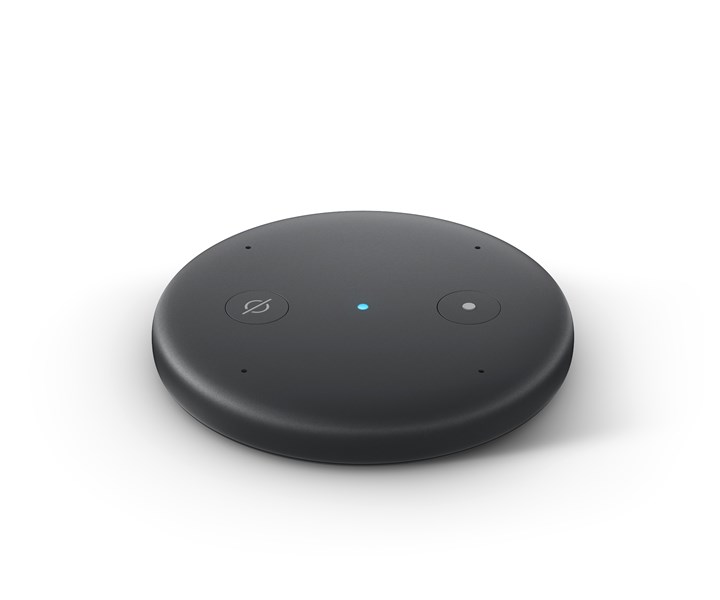AWS and Formula 1: Designing Better Vehicles
In 2021 Formula 1 car design will change—thanks, in part, to Amazon. Yes, Amazon.

No, they didn’t use the Amazon Echo for this application. (Images: Amazon)
You’ve probably seen those ads which seem to be about some consumer product—Kellogg’s or Expedia—and it turns out that it is actually for Amazon Web Services (AWS), the cloud platform that Amazon operates and many organizations (including the one hosting this website) use for their computational purposes.
But here’s something that goes well beyond logistics and whatnot.
No, Not a Timed Delivery
According to Pat Symonds, chief technical officer of Formula 1, “This project with AWS was one of the most revolutionary in the history of Formula 1 aerodynamics.”
Symonds is talking about a project performed for the design of 2021 Formula 1 cars.

Two Cars, One Space
Computational fluid dynamics (CFD) analyses were run to determine the aero effects not simply on one vehicle—which is what ordinarily occurs when performing vehicle design—but two-car turbulence simulations.
Consequences of Dirty Air
An issue when there are vehicles interacting with each other is an effect on downforce. When a car is running behind another by a car length there can be a 50% loss of downforce. The wake behind one car is sometimes referred to as “dirty air.”
Plenty of Processors
In order to do this project, some 1,150 compute cores were used to run the simulations that included over 550-million data points.
This compute power reduced the amount of time to run a simulation by 70%, from 60 hours down to 18 hours.
This allowed the engineers to investigate the designs of five car designs per week, up from the one that they’d been previously able to analyze.
Reducing Losses in Dirty Air
The result is a design that results in a 15% downforce loss rather than the typical 50%.
The vehicles racing in Formula 1 in 2021 will feature new bodywork including a new front wing design, a new rear end configuration, wheel wake control devices and 18-inch wheels with low profile tires.
More for Less
The research isn’t going to come to an end, as they’re planning to increase the number of cores being used to process the information to 2,300 and to deploy AWS Machine Learning tools.


.jpg;width=70;height=70;mode=crop)







